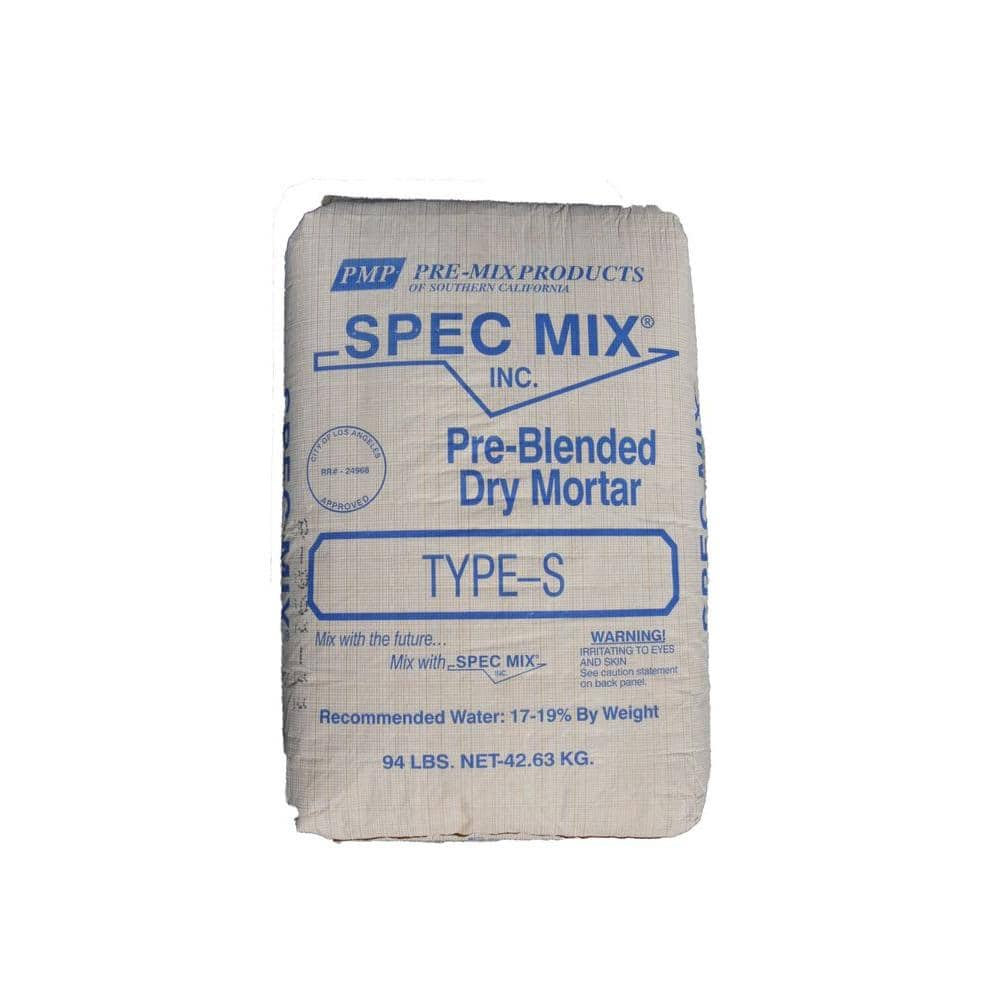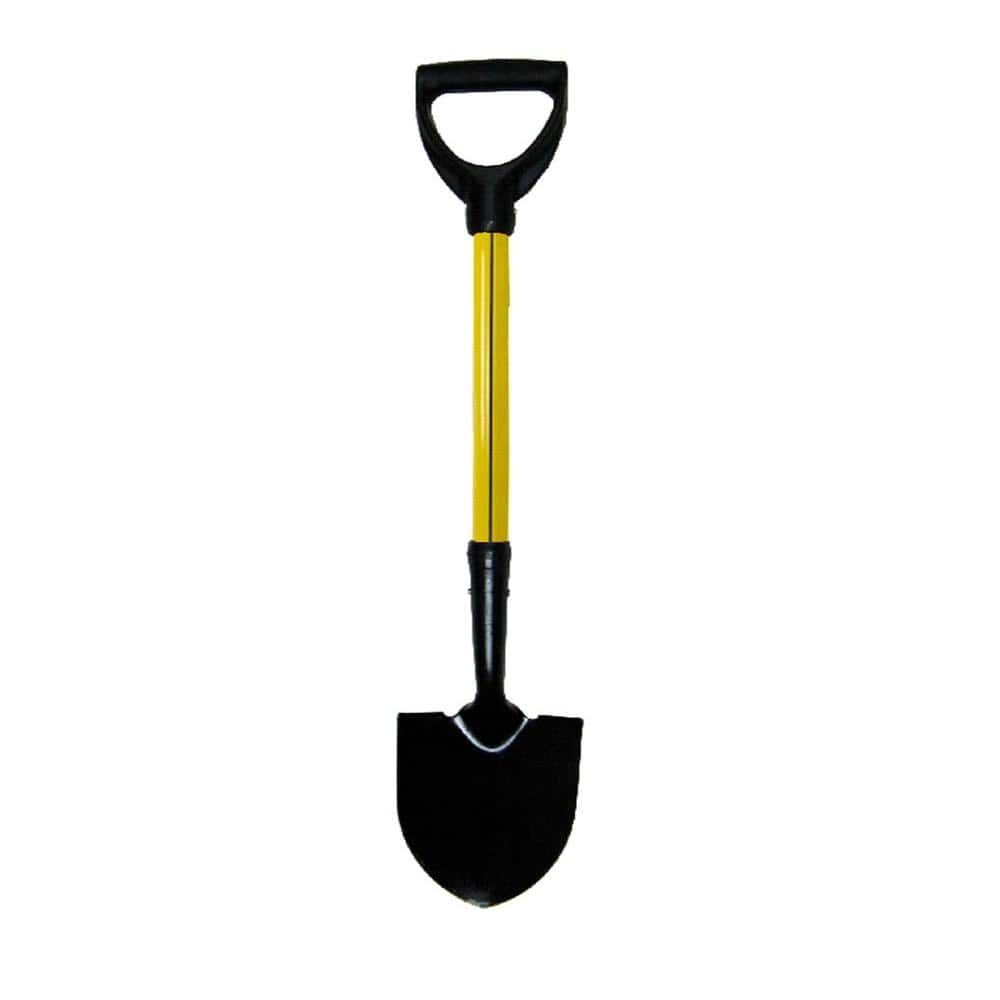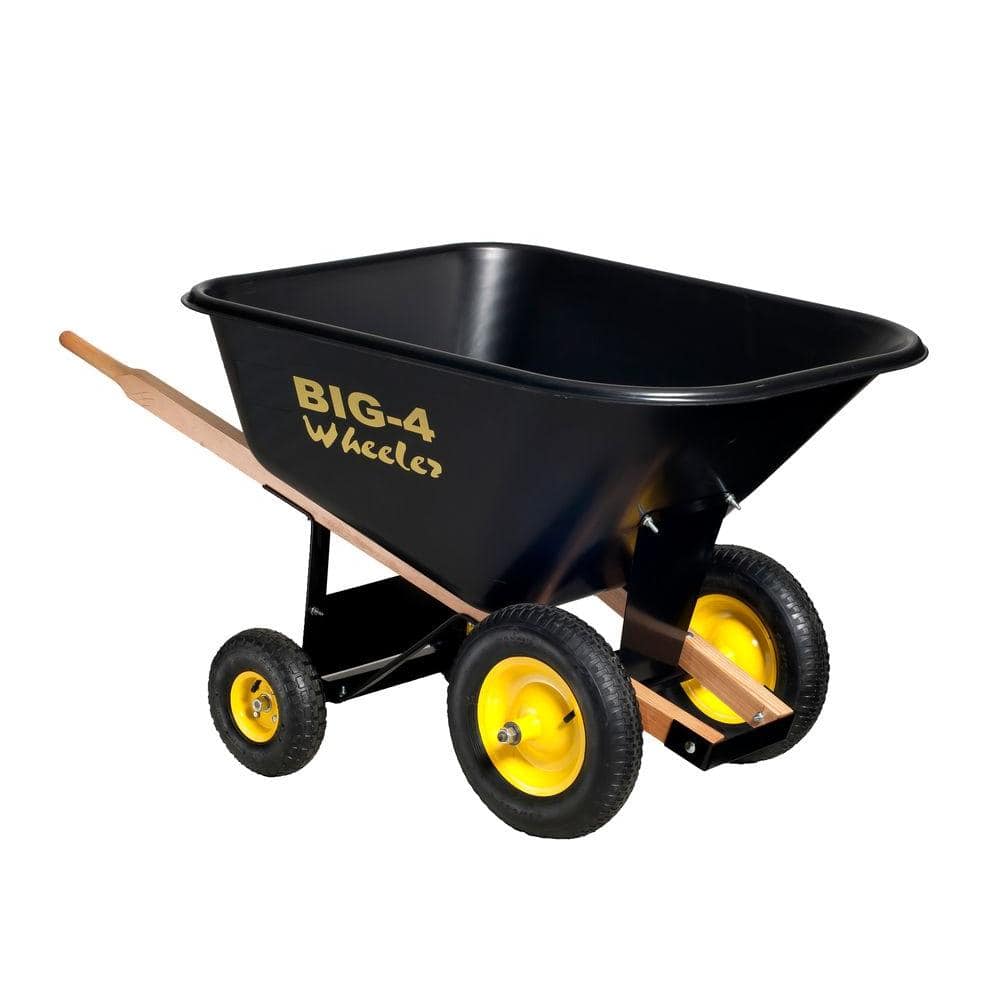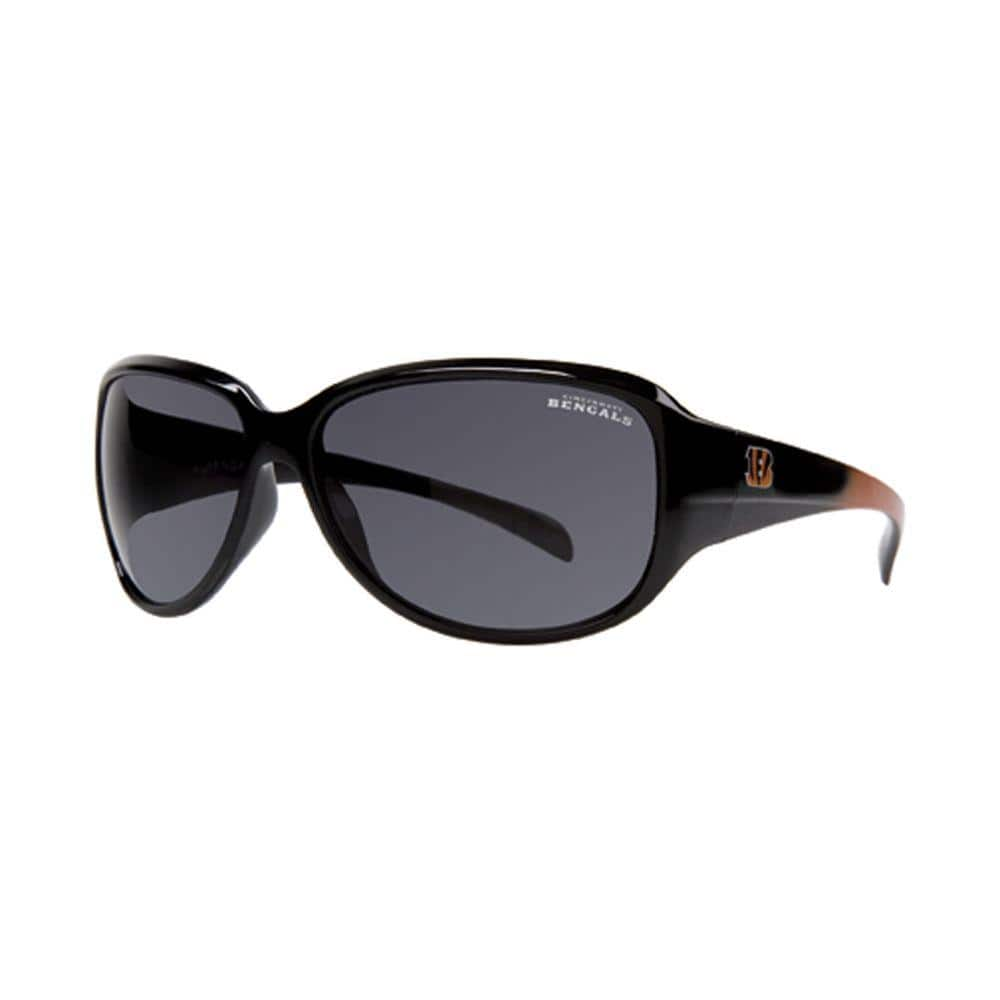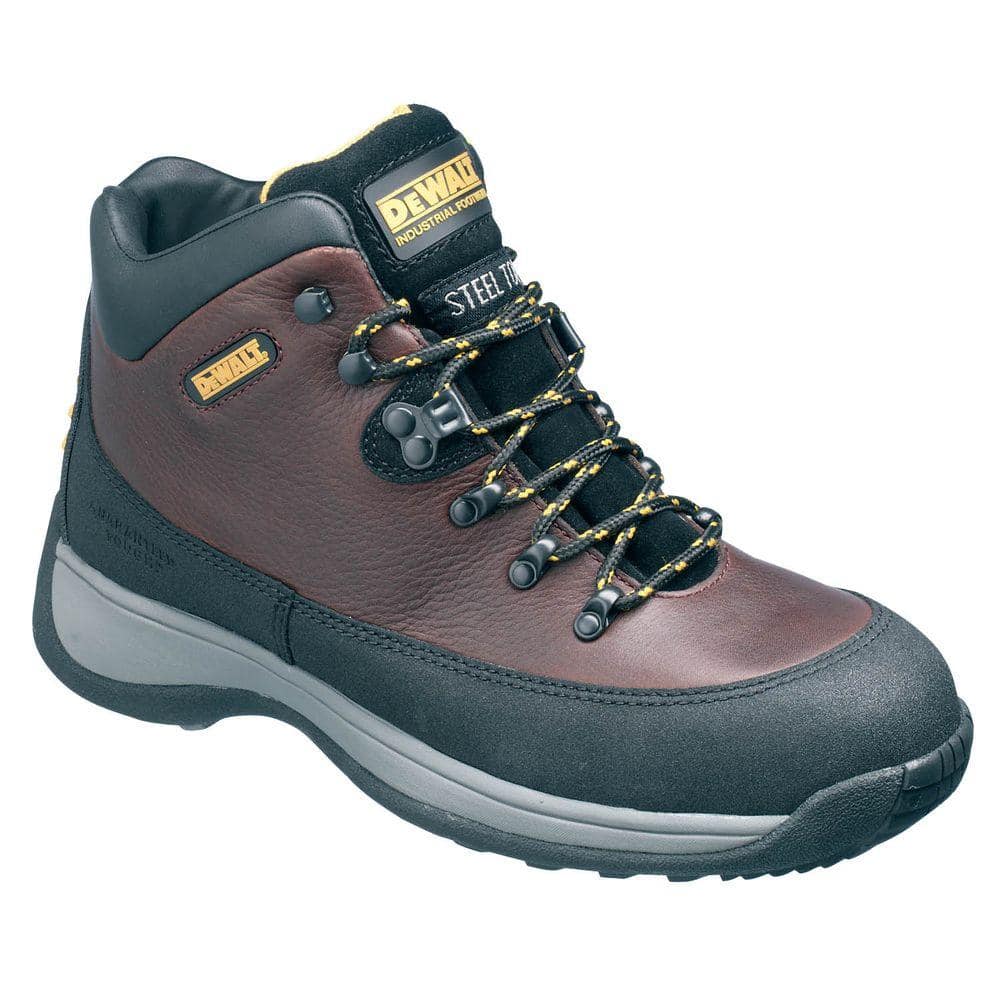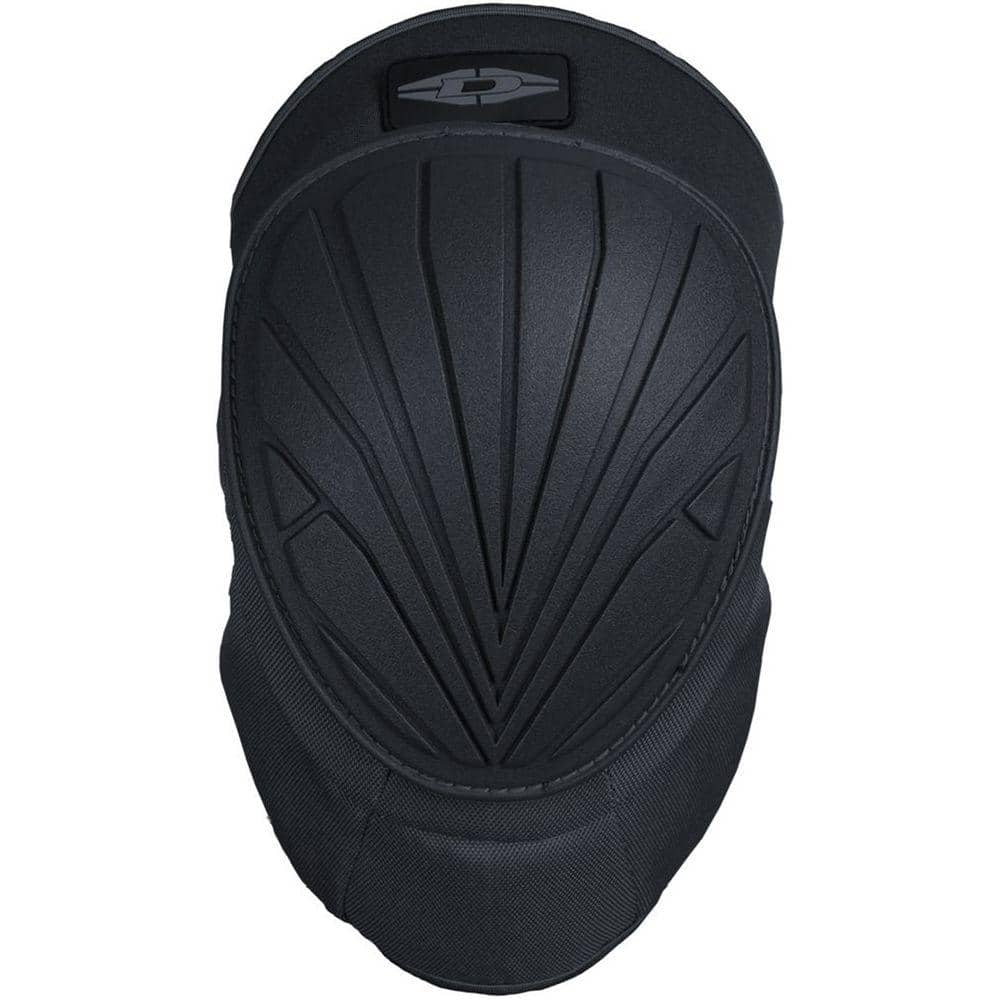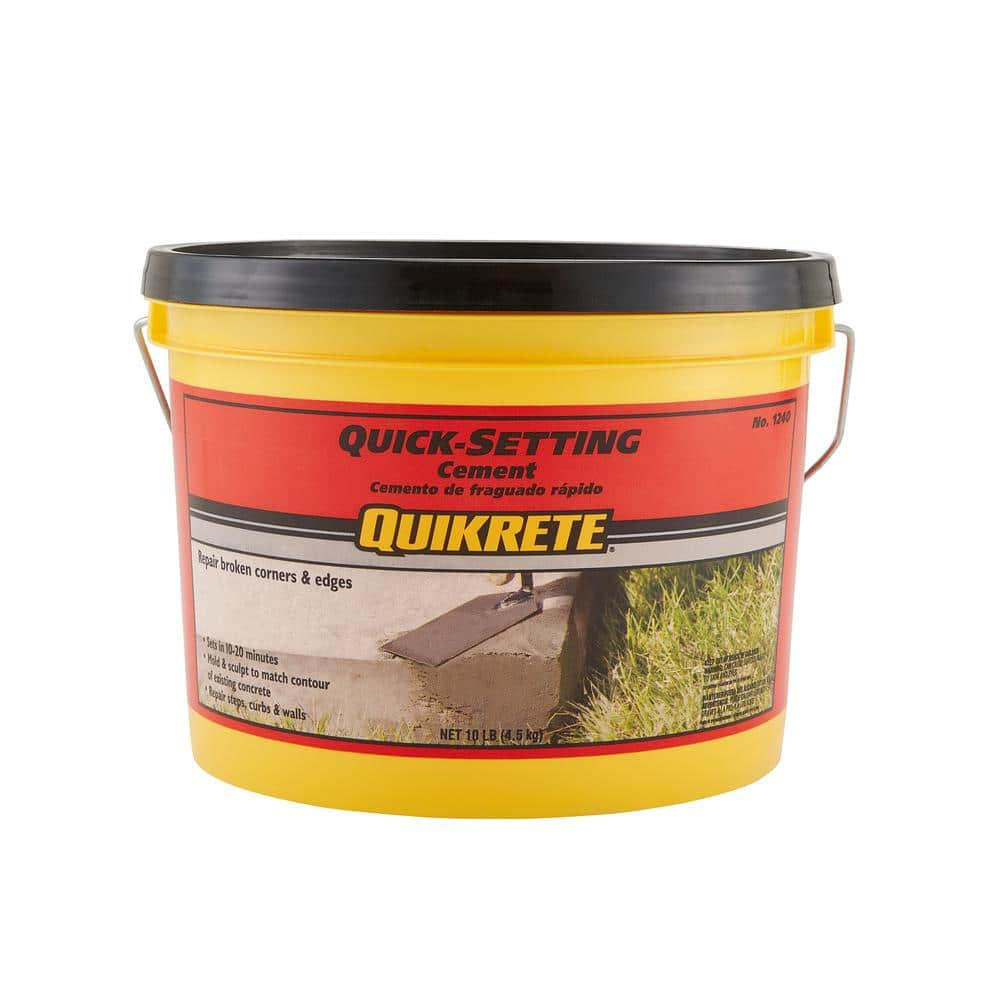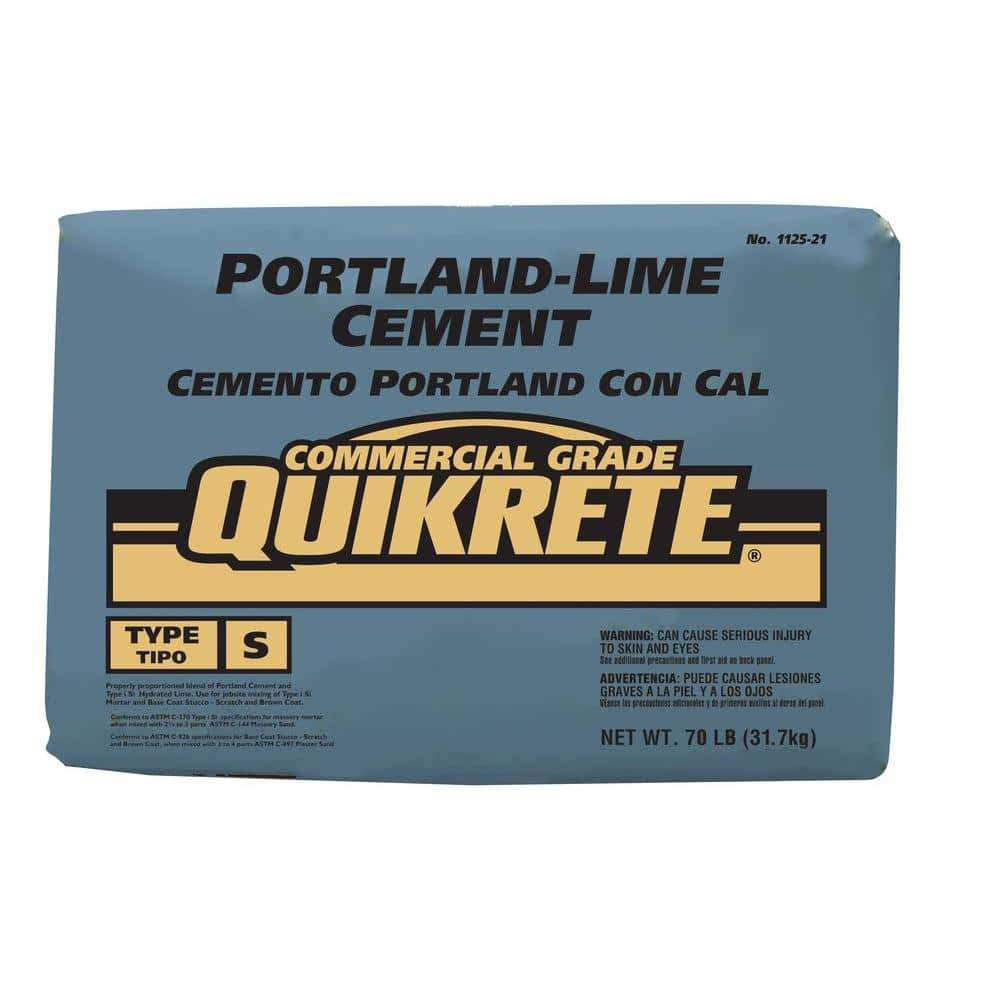Types of Concrete Mix for Any Project

Last updated May 16, 2025
Concrete is a common material used in a wide range of construction projects. It is used in setting fence posts, pouring driveways and even laying the foundation for a home. With so many different types of concrete mix available, understanding the differences is imperative to choosing the ideal material for the job.
Table of Contents
Concrete vs. Cement
Types of Concrete Mix
Cement Types
Concrete Aggregates & Additives
Mixing Your Own Concrete
How To Tell When Concrete Is Ready
Concrete vs. Cement
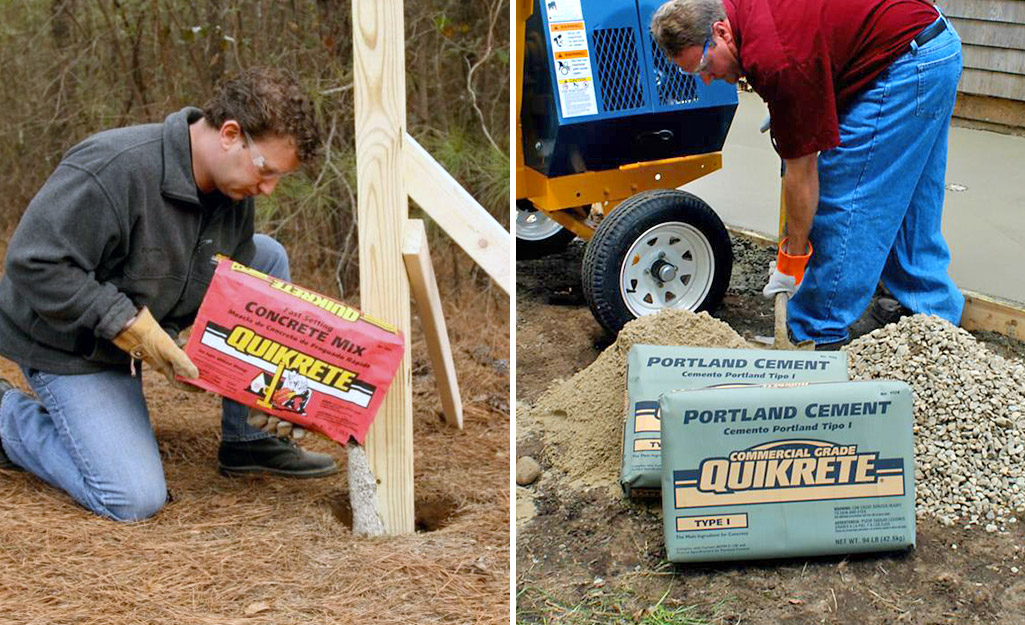
You may hear the terms concrete and cement used interchangeably, but they are not the same thing. Cement is a dry powder that works to bind items together. Concrete, on the other hand, combines cement, sand and gravel into one material. Understanding the difference between concrete and cement is essential for selecting the proper material to complete your construction and decorating projects.
Types of Concrete Mix
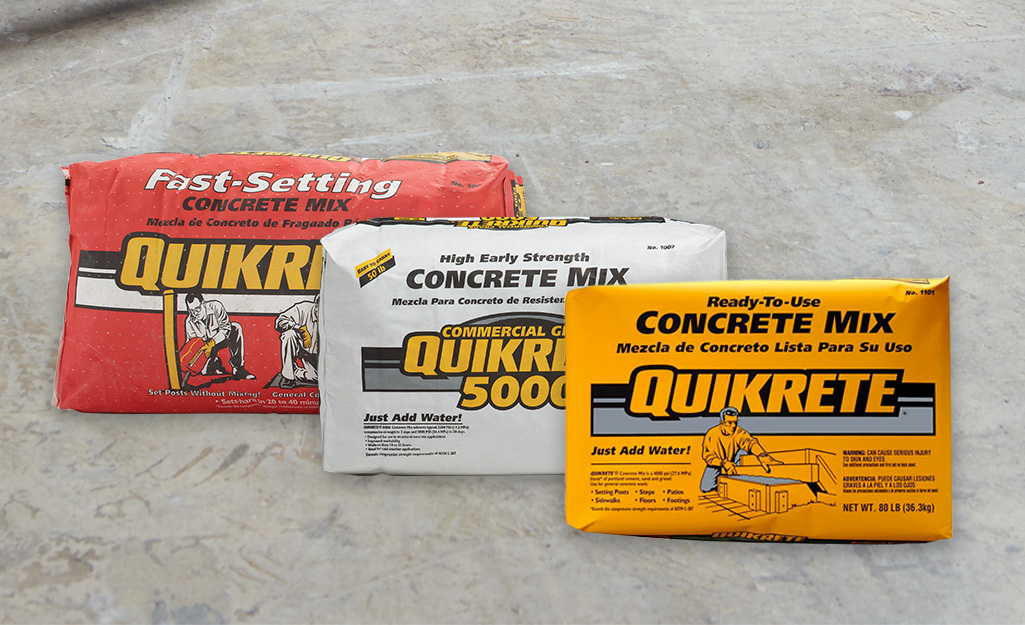
Now that we've gone over concrete vs. cement, let's take a look at the three most common types of concrete mix. Make sure to follow manufacturer instructions with any concrete mix. The instructions will include individual setting times.
Fast-Setting Concrete Mix: When you need to support a fence or mailbox post, or create a small concrete slab, fast-setting concrete makes a great choice. This sets in just 20 to 40 minutes.
High-Strength Concrete Mix: When durability is key, high-strength concrete makes a great choice. This is ideal for foundations, footers and heavy equipment bases.
All-Purpose Concrete Mix: When in doubt, all-purpose concrete mix is a popular option. This is ideal for repairing foundation walls, laying sidewalks, creating steps and setting posts.
Cement Types
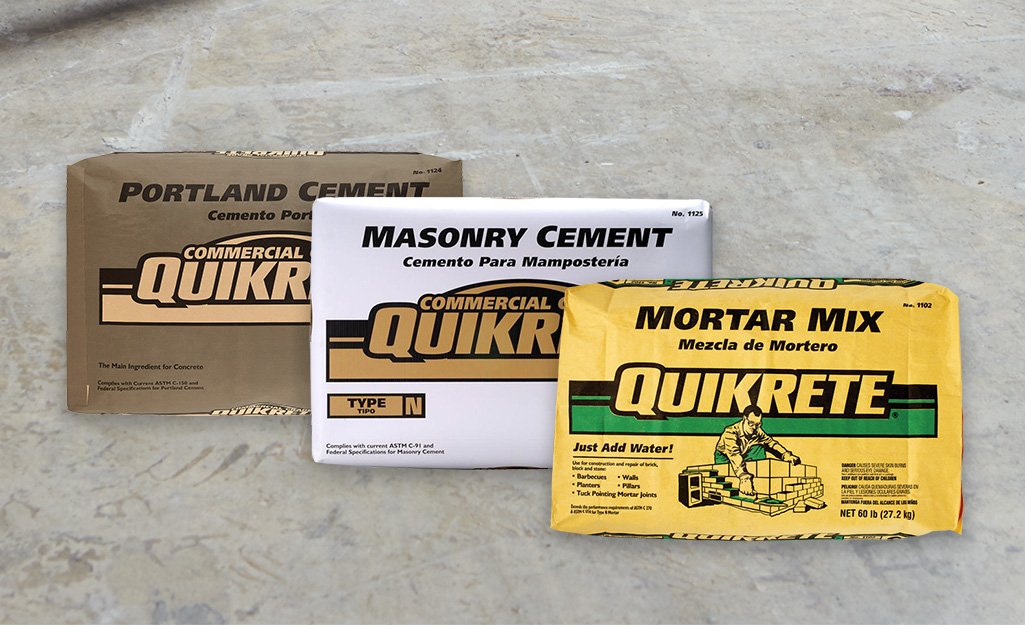
As you shop, you'll find that there are three common cement types available, including Portland cement, masonry cement and mortar mix.
Portland Cement: Portland cement is a material commonly used to create concrete. It acts much like a strong glue, providing a reliable bond that makes it a popular choice for laying driveways and pathways. If you are mixing your own concrete, this will be an important component.
Masonry Cement Mix: Building brick or stone structures requires the commercial-grade strength of masonry cement mix. This mixture features gravel and sand mixed with water to create a strong bond.
Mortar Cement Mix: Mortar is a common cement mix used to lay brick and stone. This blend of masonry cement, sand and water form a strong bond, but it is not a suitable choice for providing structural support. It is a better choice for decorative facades.
Concrete Aggregates & Additives
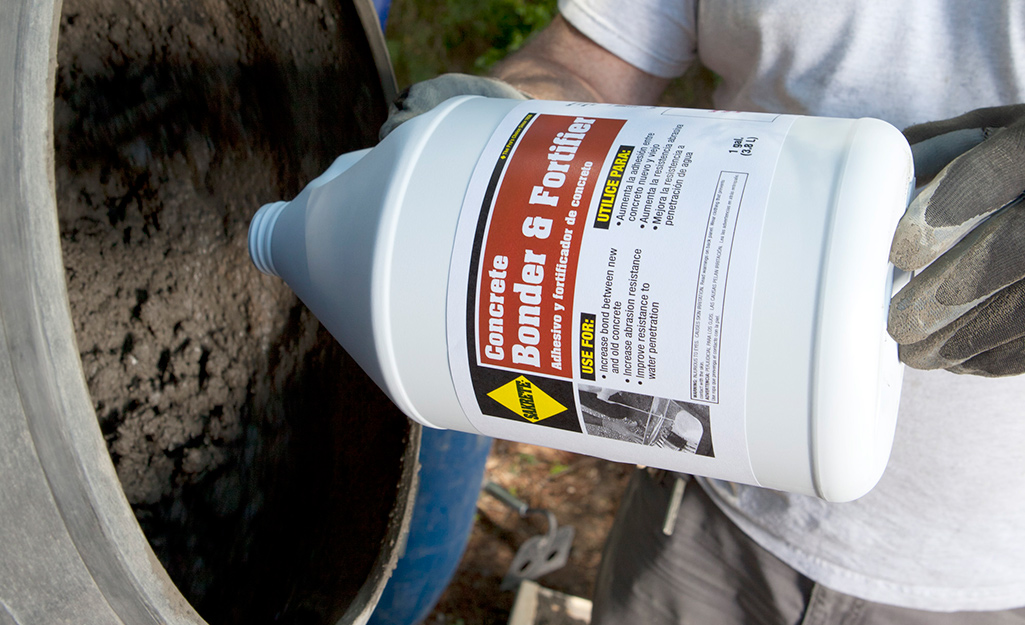
Because concrete is actually a mixture of items, it often contains aggregates and additives. Aggregate is a term that refers to the gravel in concrete that holds the mixture together. Concrete additives can be chemical or mineral and can help enhance the quality of the concrete mix.
Chemical additives help hold down construction costs. They can also maintain the quality of the concrete while it’s being mixed and transported. Mineral additives make concrete stronger and more permeable. They can also make mixes more economical to use.
Tip: Always use caution when using additives and follow your product directions carefully.
Mixing Your Own Concrete
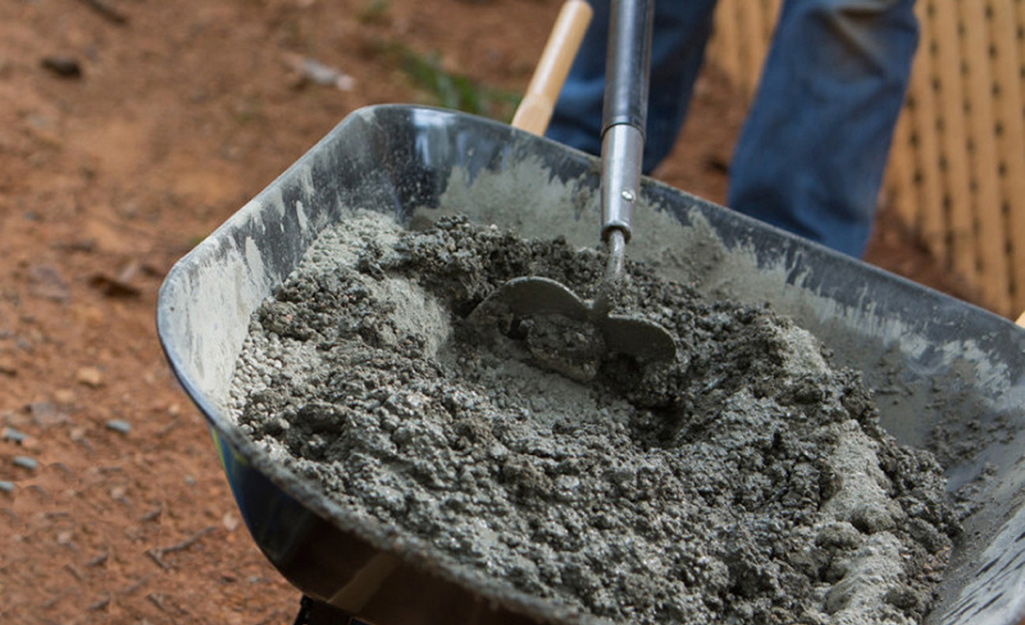
Now that you understand the difference between concrete and cement, as well as the popular mix options available, you can try your hand at mixing your own concrete. The most common of all cement types used in concrete is Portland cement.
Concrete Mix Recipe:
- 1 Part Portland Cement
- 1 1/2 Part Gravel
- 1 Part Sand
- 1/2 Part Water
Mixing your own concrete may take a few adjustments. Once you mix together these four ingredients, use the back of the shovel to smooth the surface of the mixture. Make a groove in that smooth part with the shovel. If the surface stays smooth and the sides of the groove maintain their shape, the concrete is ready. If the groove caves in right away, add more dry ingredients. If the material is too tough to make a groove, add more water. When mixing your own concrete, try to use clean water free of acids, alkalines and oils.
Tip: For an easy way to move your concrete mixture, mix it up in a wheelbarrow.
How To Tell When Concrete Is Ready
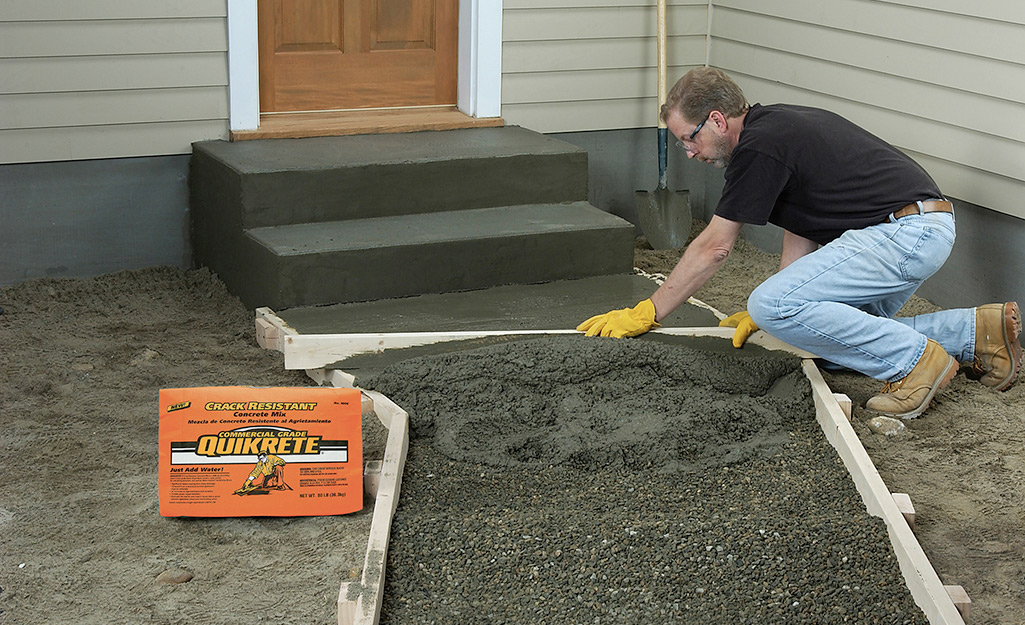
To know when your concrete is ready, use the back of a shovel to smooth the surface. Then make a groove in it with the side of the shovel. If the surface stays smooth and the sides of the groove hold their shape, your concrete is ready.
If you can’t make a distinct groove, add more water. If the groove caves in, add more dry ingredients.
Safety Tips for Using Concrete
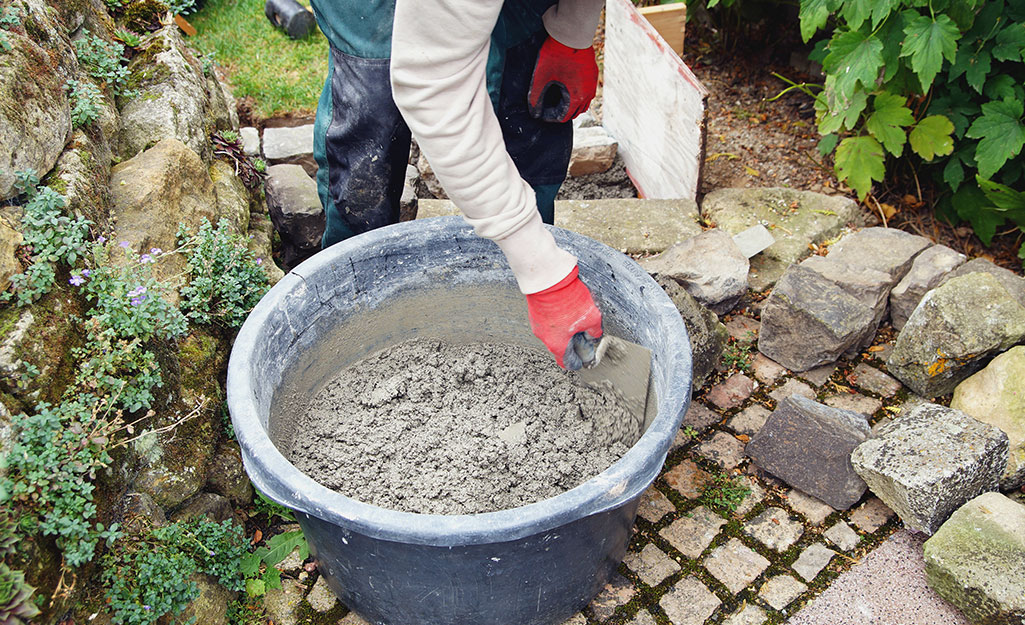
Take precautions to avoid back strain or irritating your eyes, skin and lungs.
- Concrete is caustic, which means it contains chemicals that can irritate or burn your skin, so wear waterproof gloves and boots to protect your hands and feet.
- Wear a mask to filter out concrete dust and protective eyewear to protect your eyes.
- Avoid working in poorly ventilated areas.
- Use your legs to lift heavy concrete to reduce strain on your back.
- Wear knee pads so you're comfortable when you’re kneeling for long periods of time.
- Wear a hard hat on small or large construction jobs where head injuries could occur.
Understanding the different concrete and cement types ensures you'll reach for the right product for every project. Whether you're repairing a cracked sidewalk, extending an outdoor patio or simply setting new fence posts, read and follow the directions on your product so you'll know how to mix it and how long to let it dry and cure. Looking for a tool, material or other item? Use our The Home Depot Mobile App to search by voice or image.
